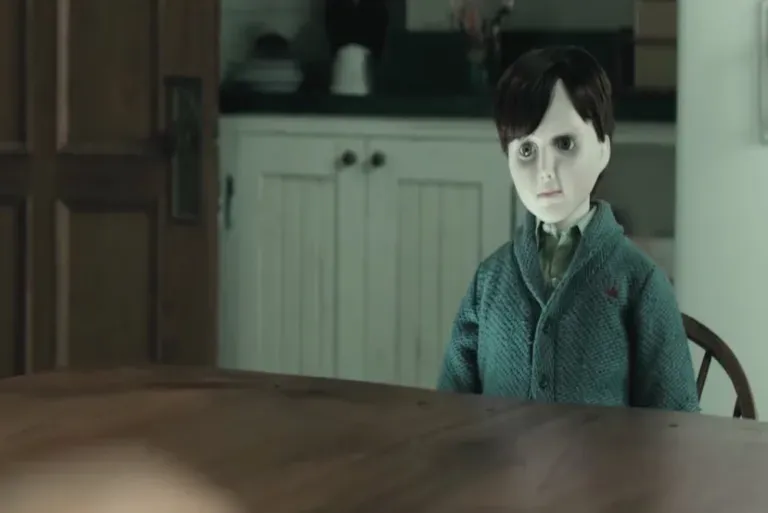Siesta
 Siesta (1987): A Dreamlike and Surreal Journey
Siesta (1987): A Dreamlike and Surreal Journey
“Siesta” is a 1987 film directed by Mary Lambert, primarily known for her successful work as a music video director. The film, a unique and fascinating piece, mixes elements of thriller, drama, and surrealism, resulting in a cinematic experience that defies easy classification.
Plot
The plot of “Siesta” follows Claire (played by Ellen Barkin), a trapeze artist who wakes up in a Spanish airport with no memory of how she got there. Her last memory is from a performance in London, and from that point on, her journey becomes an investigation to reconstruct her recent past and understand her current situation. As she moves through the city, Claire is haunted by visions, enigmatic encounters, and a series of mysterious characters, including her ex-lover Augustine (Gabriel Byrne), her friend Kit (Isabella Rossellini), and a range of ambiguous individuals portrayed by Julian Sands, Grace Jones, and Jodie Foster.
 Themes and Style
Themes and Style
“Siesta” is characterized by a surreal and dreamlike atmosphere. The film constantly plays with the thin line between reality and dreams, blending symbolic imagery with fragmented narratives. This non-linear narrative structure can be disorienting, but it’s exactly what gives the film its particular charm. Lambert’s direction uses vivid colors, desolate landscapes, and a hypnotic soundtrack, composed by Miles Davis and Marcus Miller, to create a world that feels suspended between waking and sleeping.
The film explores complex themes such as memory, identity, and desire. Claire is a tormented protagonist who tries to make sense of her fragmented past, and through her journey, the film tackles existential and psychological questions. Her amnesia becomes a powerful metaphor for the search for oneself and the struggle to reconcile past experiences with the present.
 Performances and Cast
Performances and Cast
Ellen Barkin delivers an intense and vulnerable performance as Claire. Her portrayal perfectly captures the character’s sense of disorientation and determination. Gabriel Byrne, in the role of Augustine, is enigmatic and charismatic, adding further depth to the complex dynamic between the two main characters. The supporting cast, which includes actors of the caliber of Jodie Foster, Grace Jones, and Isabella Rossellini, contributes to creating a varied ensemble of characters that enrich the narrative with their peculiarities and mysteries.
Critique and Reception
 “Siesta” received mixed reviews upon its release. Some critics praised the film for its visual and narrative audacity, while others found it overly confusing and pretentious. However, the film has gained a cult status in the years that followed, appreciated for its originality and its ability to challenge cinematic conventions.
“Siesta” received mixed reviews upon its release. Some critics praised the film for its visual and narrative audacity, while others found it overly confusing and pretentious. However, the film has gained a cult status in the years that followed, appreciated for its originality and its ability to challenge cinematic conventions.
The film is an example of how cinema can explore unconventional territory and offer experiences that go beyond simple linear storytelling. Its ability to evoke emotions through images and sounds, rather than through a traditional plot, makes it a visual work of art that continues to intrigue and inspire viewers and filmmakers alike.
Conclusion
“Siesta” is a film meant to be experienced rather than understood. Its complexity and unique visual style make it a fascinating and, in many ways, hypnotic cinematic experience. While it may not be suited to all tastes, there is no doubt that it represents a bold example of cinematic storytelling, capable of leaving a lasting impression on those who watch it. Mary Lambert has created with “Siesta” a work that challenges expectations and invites the audience to lose themselves in a maze of dreams and memories, making the film a distinctive example of 1980s experimental cinema.
 Subscribe to our YouTube channel
Subscribe to our YouTube channel
Immerse yourself in a world of terror with Nightmares

 Themes and Style
Themes and Style Performances and Cast
Performances and Cast




